Business cards are a familiar part of the modern professional landscape. Used to share personal contact information, these small cards play a vital role in networking and building professional connections. But where did this practice originate? Let us explore the origins of business cards as their history is a journey through cultural traditions and technological innovations.
Early Beginnings in China
The precursors to business cards can be traced back to China during the 15th century. Known as “visiting cards” or “meishi,” these cards were used by the nobility to announce a visit to another aristocratic family. They were more than a mere formality; the cards signified social standing and were treated with a level of respect commensurate with the individual’s status.
 Transition to Europe
Transition to Europe
By the 17th century, the visiting card had made its way to Europe, particularly in France. Known as “cartes de visite,” these cards were used in high society as a way to formally introduce oneself and request an audience. The etiquette surrounding their use was complex, with specific rules for presenting and receiving cards.
In England, these cards also served as a way to announce one’s arrival in town and to coordinate social visits. As time went on, the middle classes began adopting this practice, and the cards became less rigid in their form and function.
The Rise of Trade Cards
Parallel to the visiting cards was the development of trade cards in 17th-century England. These cards were used by merchants and craftsmen to promote their businesses. Often adorned with elaborate designs and maps to the merchant’s location, trade cards were both a form of advertising and a directory service.
Industrial Revolution and Standardization
The 19th century saw significant changes in the world of business cards. With the Industrial Revolution, business activities increased, and the need for more efficient communication grew. The visiting card and the trade card merged into a single concept that resembled today’s business cards.
Printing technology also advanced, allowing for mass production and standardization. The cards became simpler, with clear and concise information, a reflection of the growing emphasis on efficiency and professionalism.
Modern Business Cards
The 20th century brought about further innovations, such as the use of color printing, various materials, and unique designs. Business cards became accessible to nearly everyone, transcending class and profession.With the rise of digital technology, virtual business cards have also emerged, offering a digital alternative to the traditional paper card. Digital business cards are environmentally friendly, eliminating the need for paper and printing resources. They can also be easily updated, ensuring that contact information is always current. Moreover, digital business cards often support rich media, such as links to social media profiles or websites, thereby providing a more comprehensive view of a person’s professional identity. The emergence of digital business cards demonstrates how technology continues to shape and optimize traditional business practices.
The history of business cards is a reflection of societal norms, technological advancements, and the ever-changing world of commerce and communication. From their origins as a symbol of aristocratic etiquette to their current role in modern business, business cards have continually evolved to meet the needs of society.

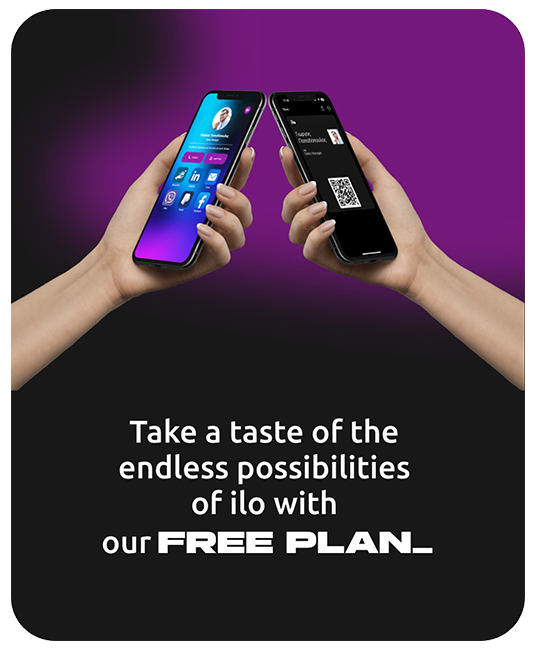


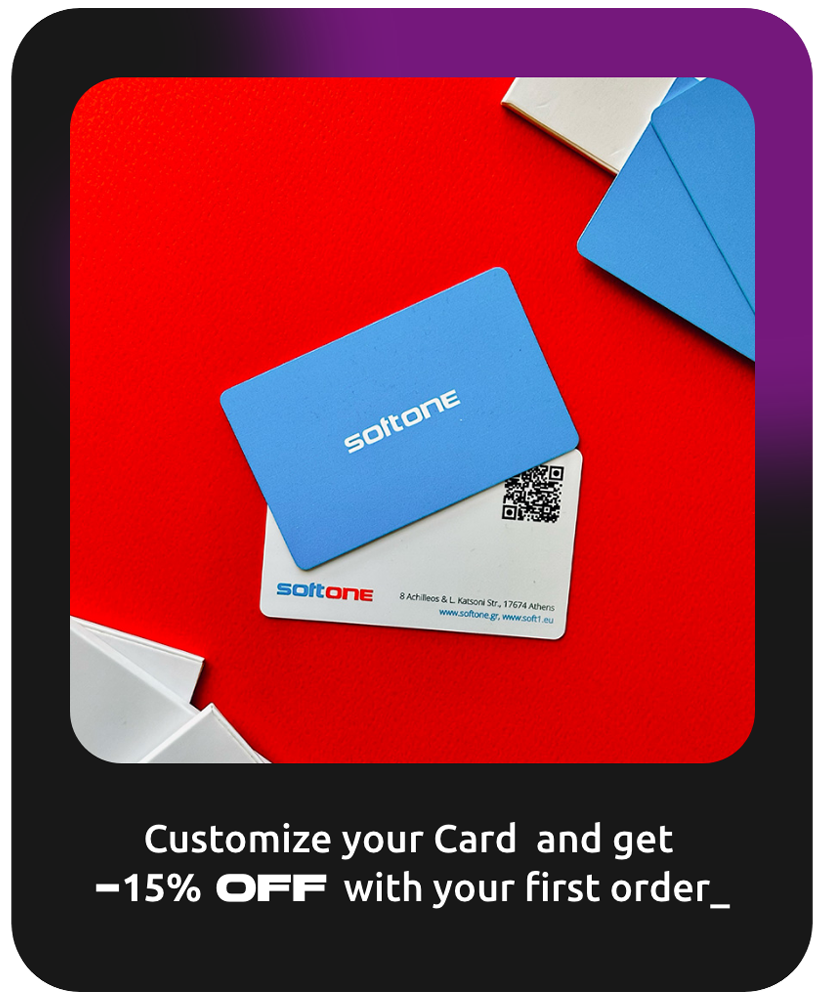
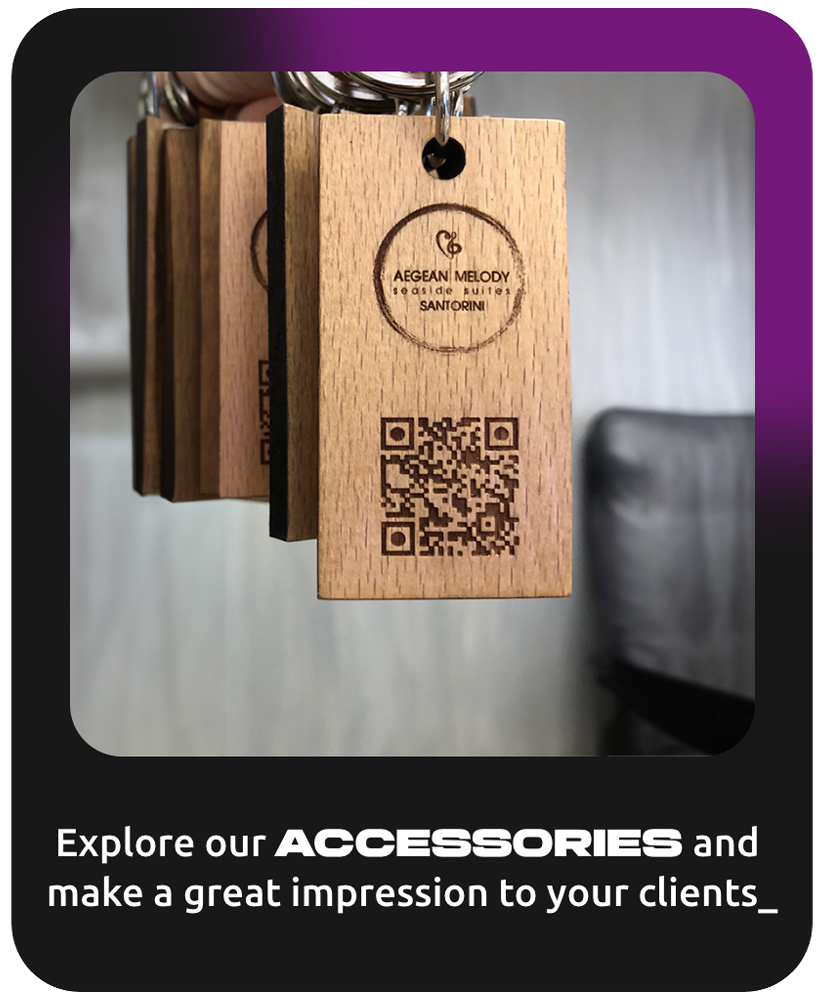
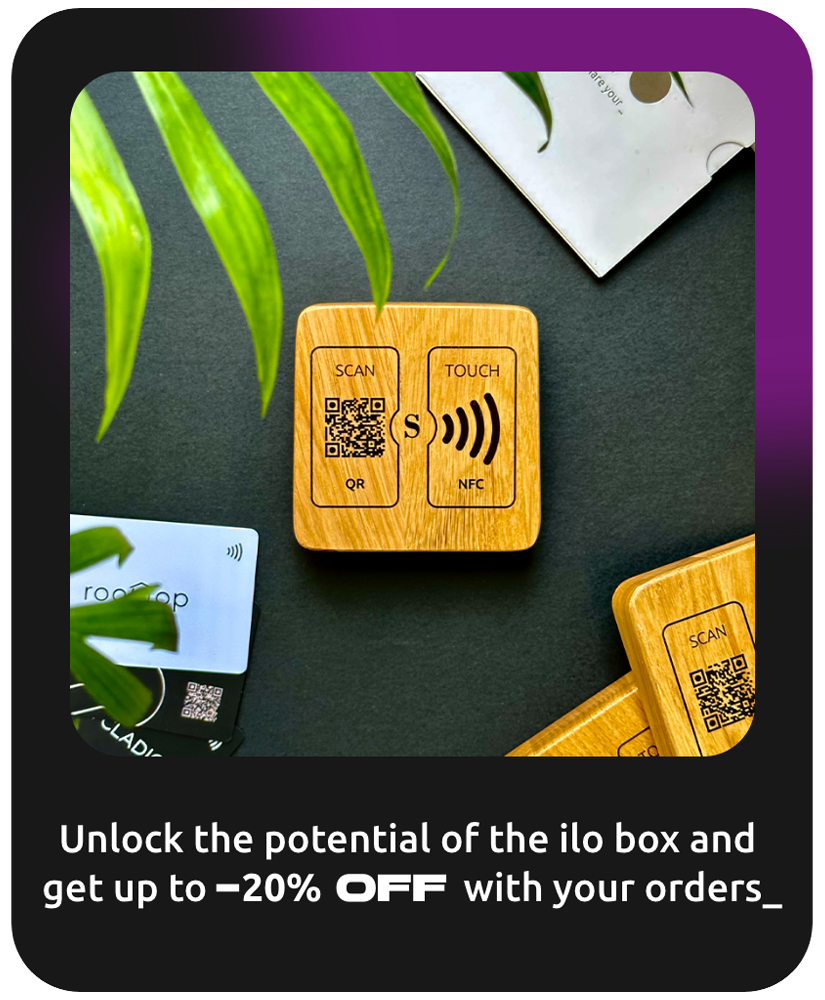
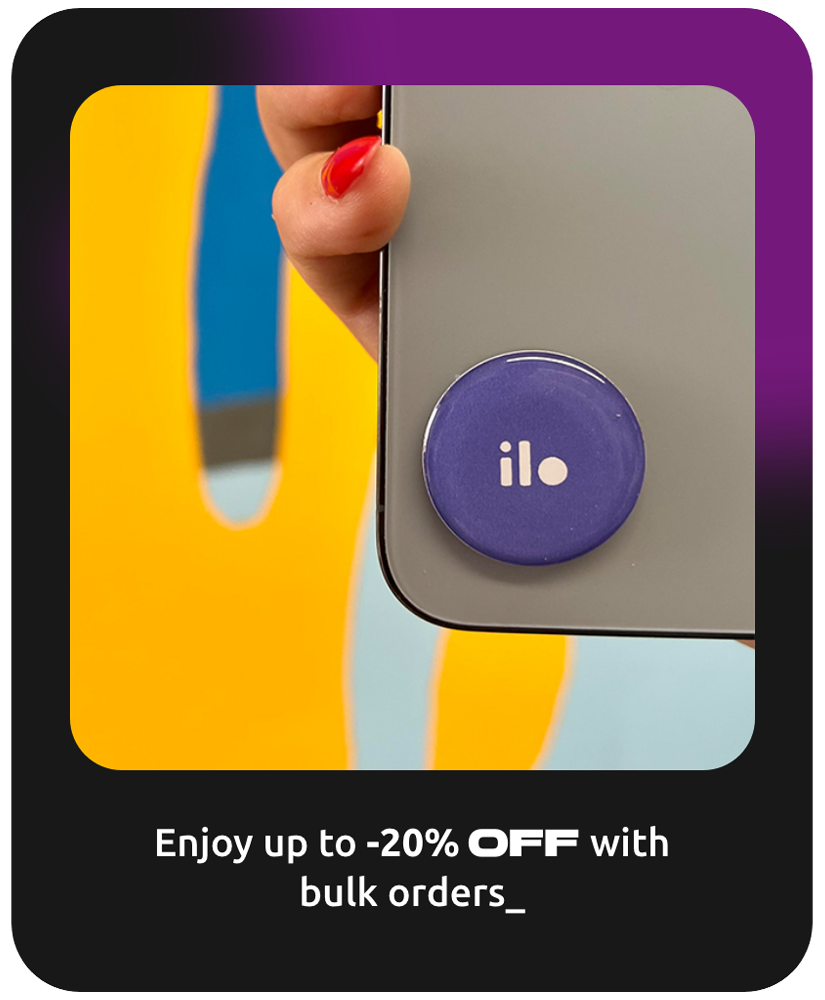


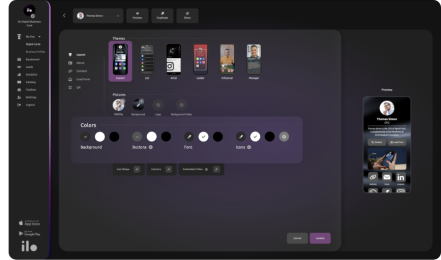

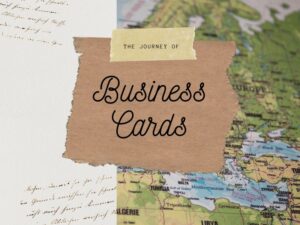 Transition to Europe
Transition to Europe
